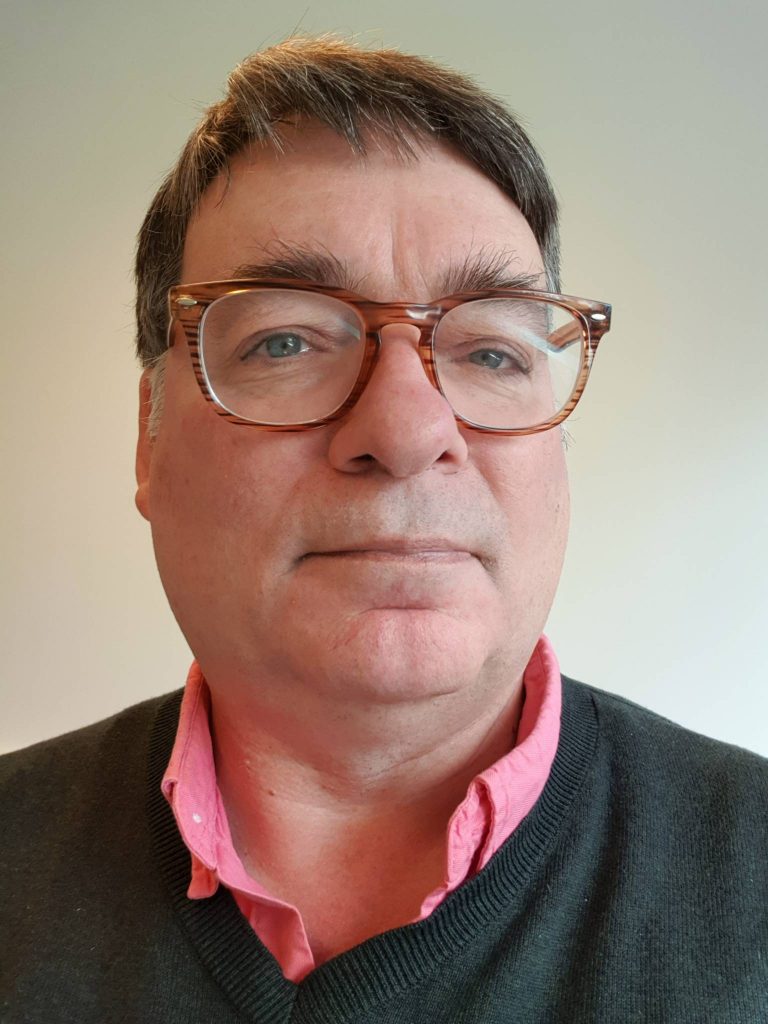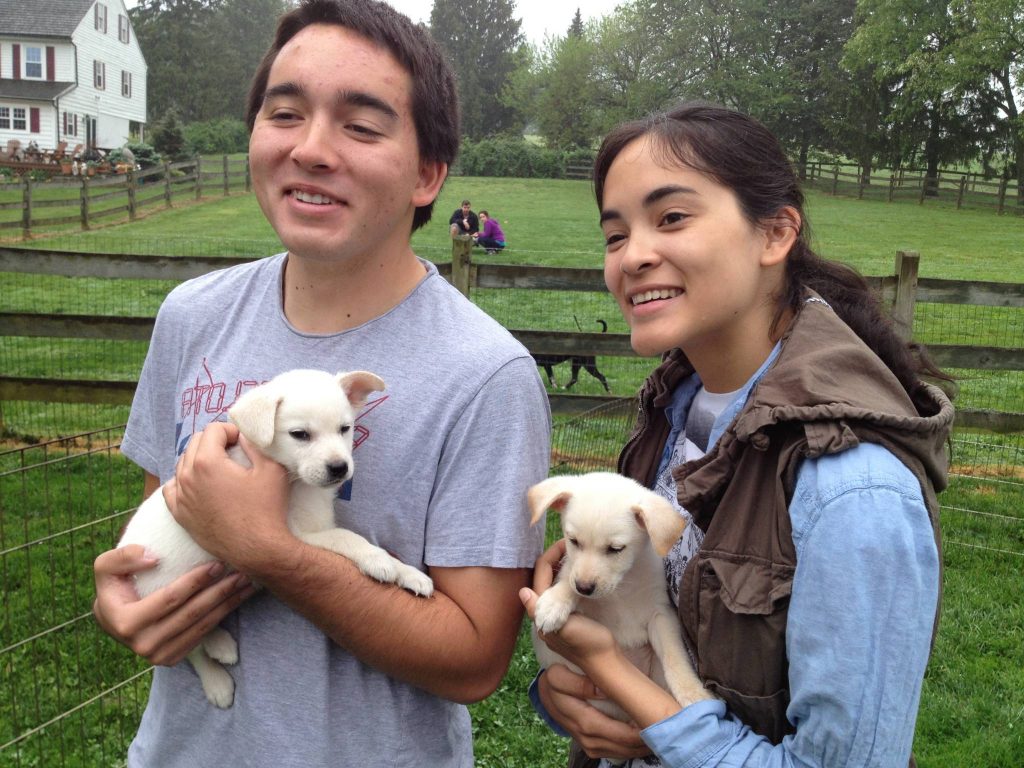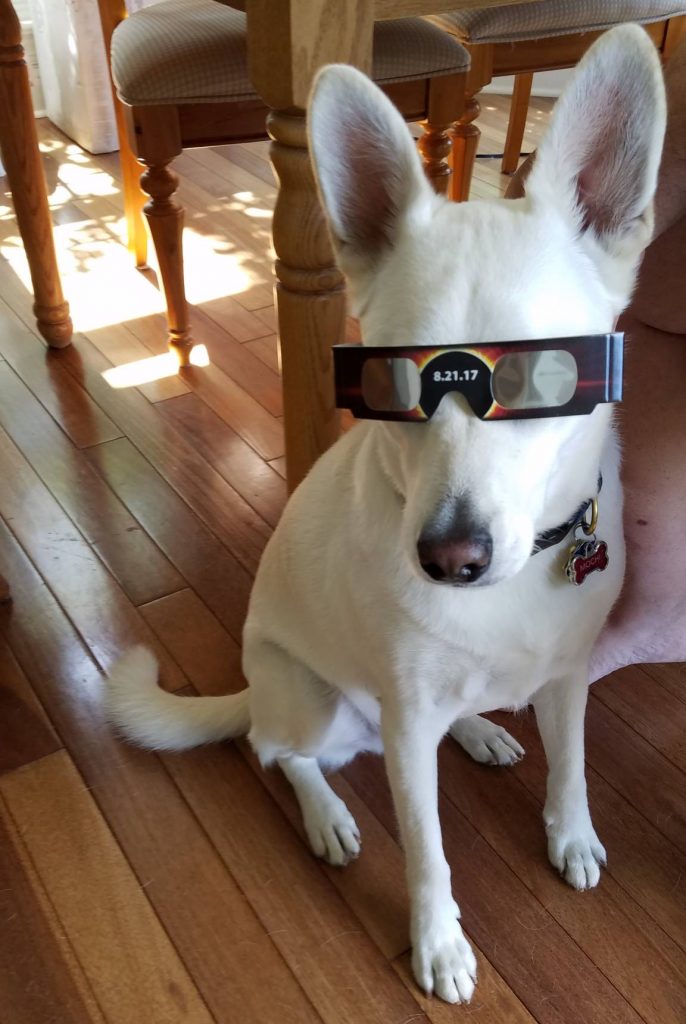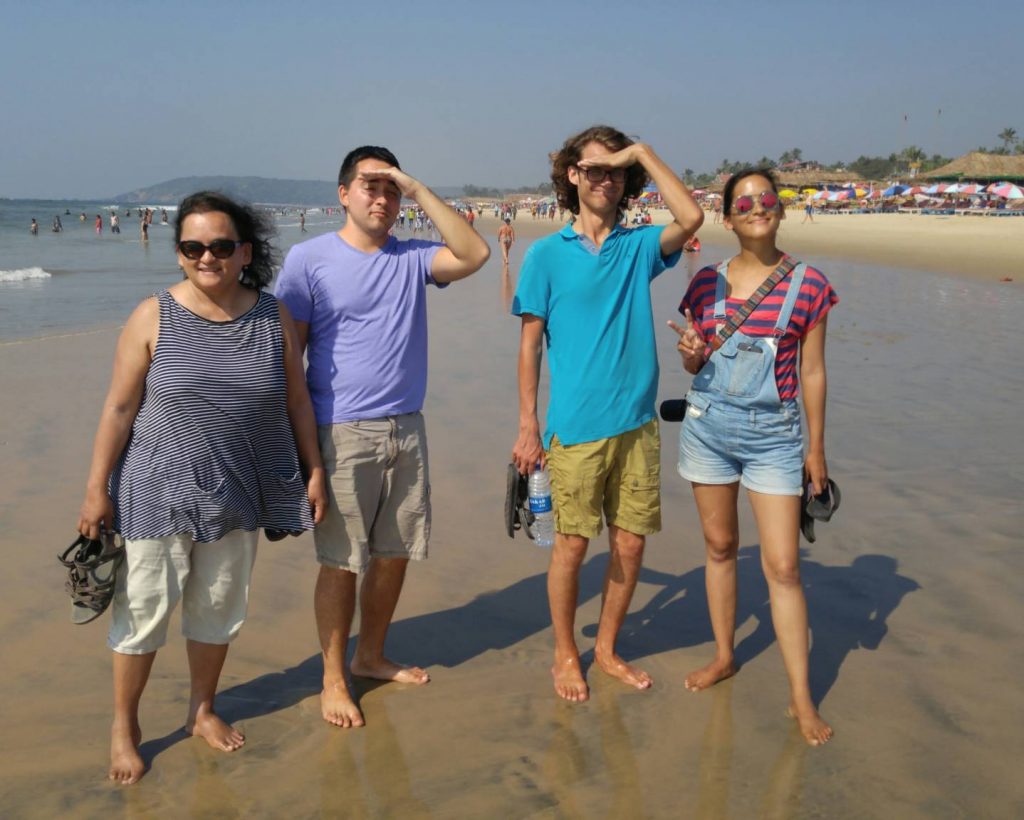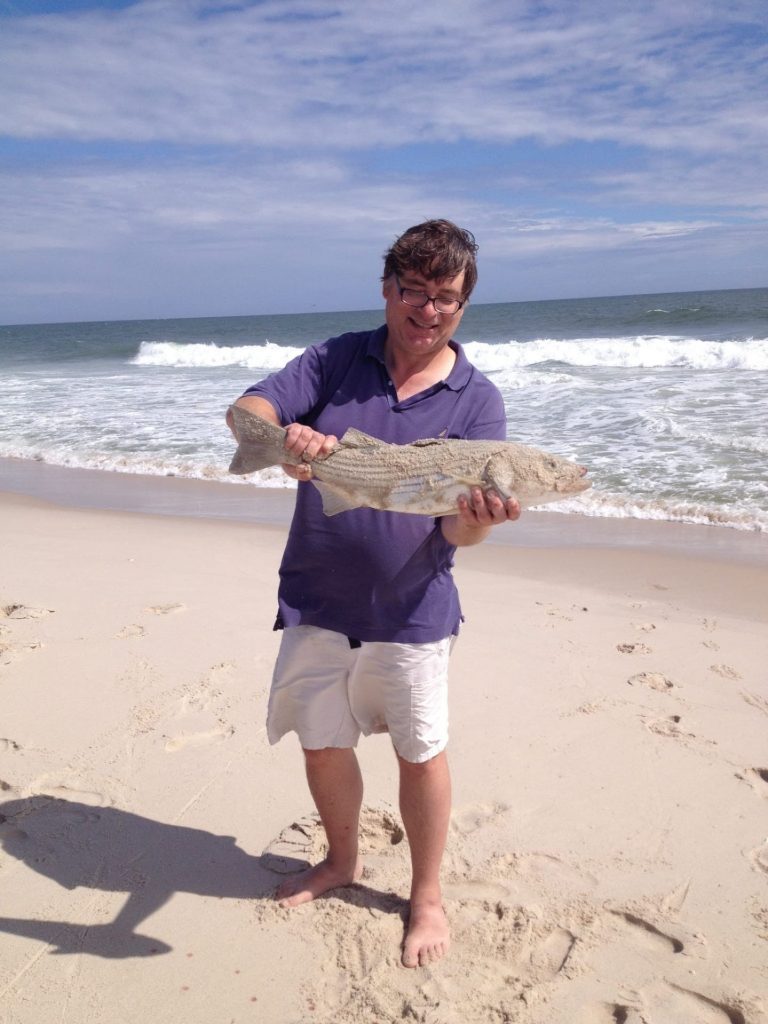Dr. Reynolds is a neuropharmacologist and has over 20 years of drug discovery and development experience. His career spans academia, start-up enterprises in neuroscience drug discovery and big pharmaceutical companies, where he led large drug discovery and development teams and global licensing and collaboration initiatives. Dr. Reynolds has worked on the discovery and development of novel therapeutics for Parkinson’s Disease as well as other neurodegenerative conditions and is a member of the Scientific Advisory Boards of the Michael J. Fox Foundation, Target ALS and the Parkinson’s Foundation.
A British national and a naturalized American, Ian is married with two adult children, a daughter and son. He has been living in Belgium for the past two years, having spent over 30 years in the United States.
————–
What is a neuropharmacologist?
Someone that is interested in how drugs – anything and everything from caffeine through party drugs to those used to treat psychiatric diseases – work in and on the brain. My particular interest is in neurodegenerative diseases, of which Parkinson’s Disease is one.
Why did you get interested in Parkinson’s Disease?
I did have an uncle with Parkinson’s Disease but I wouldn’t claim that that family experience was the key reason for my interest. It was more due to the more basic reality of available funding. When I was first a researcher at the University of Pittsburgh, I was interested in stroke and potential drugs to limit the damage of strokes. As part of those investigations we studied biogenetics – the energy that keeps neurons working – and this is something that is particularly relevant to Parkinson’s Disease and the Michael J. Fox Foundation was prepared to support this research with funding. Different people have different motivations for the research that they do. Sometimes it is deeply personal, but the reality is that the availability of resources can also be a driving factor. Having a great group of Parkinson’s disease-focused colleagues in Pittsburgh also influenced this decision.
What are you most proud of have being part of/contributed to in terms of Parkinson’s Disease research?
Research is a study in patience. The timeframes you are dealing with are long. To get from basic research to a drug being given to patients takes decades. Of course, one would like to claim to be the “inventor” of a drug that patients can take, but being a part of the team that develops the molecule that gave rise to the drug is the real contribution. For example, I was part of a team at Merck that worked on discovering a molecule that has helped to provide a proof-of-concept for a new target in Parkinson’s disease. Drugs developed by other companies for this target have gone on to clinical trials, although we have not yet been able to show that the drugs for this target have a therapeutic benefit. I don’t need to feed my ego by claiming any particular accomplishment but it can be frustrating of course not to get quick results. Ultimately though it all comes down to teamwork.
Why does Parkinson’s Disease research take so long? What makes it so complex?
We (all scientists) are just simply not yet smart enough to know the problem and be able to fix it. We have to test hypotheses. In the past, there was a rather scattered approach to discovery – a sort of ‘throw anything against the wall and hope something will stick’ approach. Now, there is a more focused approach, whereby we are selecting the best informed/smartest things to do, making the best use of data that we can obtain in the clinic, using statistics, testing hypotheses and being systematic. We have developed the means by which to measure the impact of our interventions and that is going to help get results.
What can be done to speed up the rate of discovery in Parkinson’s research?
There are a lot of moving parts but it is moving fast despite the complexity and people do have a sense of urgency. I think we are learning more quickly how to do things better. We are learning and iterating faster, with new technology coming online all the time to help with that. When I started out in research, there was only one accepted way to treat brain function and that was with small molecules. Now there are many therapeutic modalities, including antibody and cell-based therapies, and with bioinformatics and A.I. (artificial intelligence) we are able to do more and understand more faster than before.
That said, one has to ask, of course: ‘Can we do it faster? Have we become accustomed to this pace? How much faster could things go without simply spending money only to have it go down the drain?’ The Covid-19 vaccine development has been amazing. Huge amounts of funding together with risk taking in terms of starting vaccine production before the outcome of clinical trials were known have achieved a remarkable acceleration, but you have to remember that the design of the vaccine was achieved on Day 1. They know HOW to make vaccines that will work. They know what they are dealing with. We still don’t fully understand Parkinson’s Disease and the other neurodegenerative diseases. We still need to get to that point.
Why are charities and charitable funding so important?
They have been successful at bridging the gaps between initial discoveries and getting the science to the point where bigger companies are willing to invest. They help to ensure that good ideas have been able to survive what we in research call ‘the valley of death’ i.e. the bit between the initial discovery and having something sufficiently solid and interesting that you can convince investors that there is something valuable there for them to support.
Charities can also help put in place some of the necessary structure to improve the quality of research and can act as a broker between would-be competitors to keep the focus where it needs to be. In the case of the Michael J. Fox Foundation, for example, they were instrumental in creating a set of background information (patient data) that allows scientists to operate more smartly. They have also helped to solve problems such as how to measure impact, supporting the hunt for reliable biomarkers. And they have encouraged companies to talk to each other to address an issue that they were all experiencing together rather than duplicating effort. By providing a safe, neutral territory they can remove barriers to scientific advances/smooth the way.
Do you think it is possible to cure Parkinson’s Disease and, if so, by when?
Currently, by the time most people develop symptoms and are then diagnosed with Parkinson’s Disease they have already lost around 60% of their dopamine-producing neurons, so to make the disease disappear symptomatically we only really need to save a few neurons. To that end, it is important that we can determine earlier that they are heading towards Parkinson’s Disease, so that we can treat them sooner and reduce the loss of neurons that cause the more difficult symptoms to appear. There are things that seem to occur beforehand, such as the loss of smell, constipation, sleep disorders and other biomarkers, so we need to pin these down. If we continue to identify therapies to slow down the disease once diagnosed and can treat it sooner, then eventually we can prevent people developing the symptoms that are so life changing. We will essentially be pushing it back. This is completely possible. Indeed, right now we are testing drugs that could potentially slow the disease within a laboratory setting. Within five years, we will be testing these in patients. And in 10 years more broadly, in other words, within a preventative setting. Of course, it will take longer than that before we are really good at it and it is generalised, but we are moving in the right direction.
Beyond that, there is also the moonshot approach. In other words, the regeneration of cells or putting new cells in to the brain of Parkinson’s patients to restore function. There have been successes doing this, and there are new technologies emerging that may make this approach more feasible. However, the technology is complex, and there is still a way to go before we will know whether this will be both effective and safe.
What is at stake?
There is no doubt that with an aging population, the burden of disease will grow. This is not the time to take it easy or to take our foot off the accelerator. There is lots of work still to do to understand the functioning of the human brain.
Which saying or motto inspires you?
“A journey of 1,000 miles begins with a single step.” – a Chinese proverb
Ian’s children Luke and Alexandra meeting their new family dog Mochi (puppy held by Luke)
During a road trip to South Carolina to see the solar eclipse in 2017 everyone had to wear protective sunglasses, even Mochi!
Ian’s wife, children and a friend in India
A successful fishing trip on the US New Jersey shore

